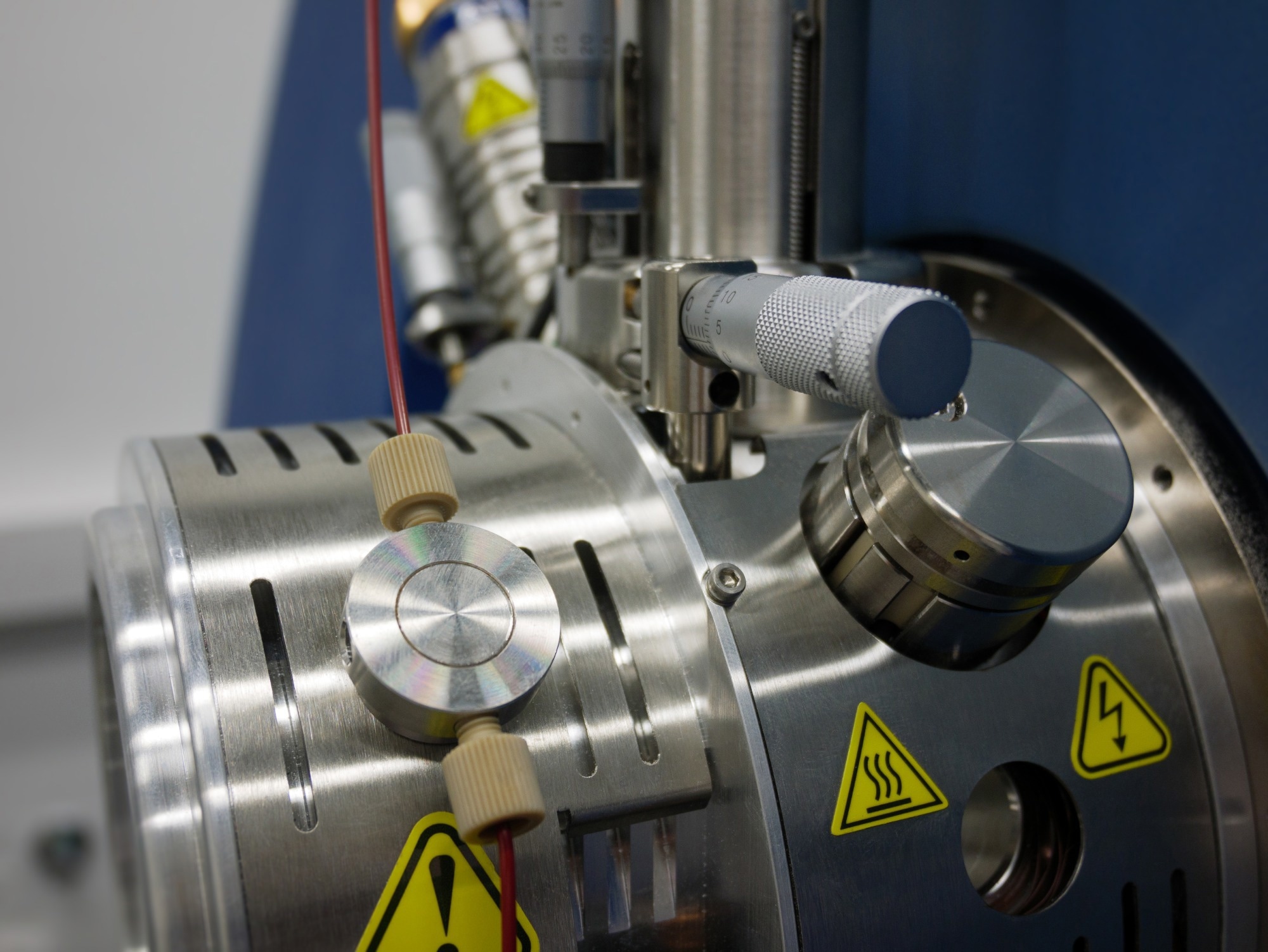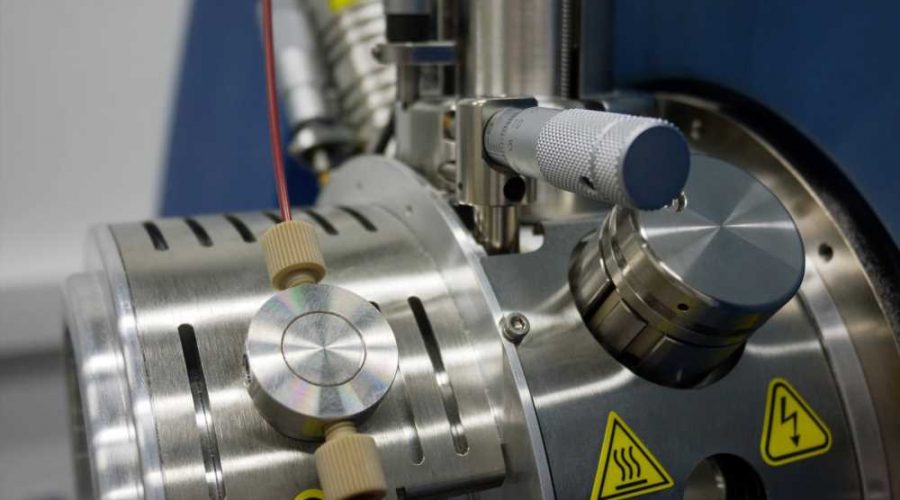Novel workflow reveals untapped diversity in fatty acid isomers across all life forms
In a recent study published in the Nature Communications Journal, researchers introduced a comprehensive workflow to discover unsaturated fatty acids (FA) through coupling liquid chromatography and mass spectrometry with gas-phase ozonolysis of double bonds.
 Study: Ozone-enabled fatty acid discovery reveals unexpected diversity in the human lipidome. Image Credit: ShowMeHowToFly/Shutterstock.com
Study: Ozone-enabled fatty acid discovery reveals unexpected diversity in the human lipidome. Image Credit: ShowMeHowToFly/Shutterstock.com
Background
Fatty acid isomers contribute to the neglected lipidome variety and are frequently obscured by insufficient separation and diagnostic procedures. Ozone-induced dissociation (OzID) is a high-dynamic-range gas-phase ion-molecule interaction with ozone that can reveal previously unidentified stereo- and regioisomers.
However, liquid chromatography-OzlD mass spectrometry (LC-OzID-MS) has not been extensively employed for fatty acid profiling, and software tools particularly built for regio- and stereoisomer finding are needed.
About the study
In the present study, researchers devised an LC-OzID-MS-based approach for de novo, library-independent detection of fatty acid isomers, including mathematically prepared target lists.
The team extracted lipids from vernix caseosa, human plasma, and human prostate cancer (LNCaP) and breast cancer cell (MCF7) cultures. Vernix caseosa samples were obtained from 10 male and ten female full-term infants.
The lipids were hydrolyzed, followed by fatty acid derivatization. Liquid chromatography was performed to separate the fatty acid derivatives, which underwent electrospray ionization (ESI), and data-independent acquisition (DIA) of LC-OzID-MS results.
After acquiring data, a comprehensive search of the positions of double-type chemical bonds (OzID product ions) was performed, and false positives were deleted by automated filtering. Fatty acid abundance, in relative terms, was determined by LC-OzID-mass spectrometry.
Direct infusion ESI-mass spectrometry was performed to determine the groups of fatty acid molecules (at a non-isomer scale) and, in combination with their relative abundance, provided estimates of fatty acid quantities in absolute terms.
Data were retrieved from the LIPID MAPS database to analyze the position and configuration of double bonds in fatty acids. Deuterated-type palmitic acid was incorporated as an internal standard to quantify the precursors of FAs and determine the carbon content and the extent of saturation.
The groups of FAs were measured in parallel by direct-type infusion to reduce ionization bias. NIST 1950 human-origin plasma was used for reference to benchmark the discovery workflow.
Results
The ozone-enabled fatty acid discovery (OzFAD) analysis revealed lipid diversity in the samples. The team identified 186 fatty acids within the NIST 1950 plasma, of which 51 were isomers of fatty acids with signal-to-noise values for the ozonolysis products over ten, which have not been identified, according to the authors. Trends in relative abundances of monounsaturated fatty acid molecules with increasing chain lengths were observed.
Among vernix caseosa samples, the analysis showed an unusual variety of double-type chemical bond configurations, including 18, 116, and 32 straight chain-type saturated, monounsaturated, and polyunsaturated fatty acids, respectively.
In addition, 30 and 42 branche-type saturated and monounsaturated fatty acids, respectively, were detected from 238 fatty acid types, 40 of which, according to the authors and based on literature surveys, haven’t been identified previously.
The trans fatty acids comprised 6.5% of the total fatty acid content of the reference plasma. Identifying non-canonical-type unsaturation patterns in the cancer cell lines and Vernix caseosa samples indicates that previously unknown mechanisms of lipid metabolism might be involved in lipid formation or alteration, resulting in the creation of these species.
A comparative analysis of the unsaturated fatty acid proportions with certified percentages for NIST1950 reference plasma revealed a 63.0% accuracy for the workflow.
Of importance, the workflow’s dynamic range and selectivity revealed features corresponding to double-type chemical bond regioisomers, despite being partially determined by chromatography, as verified by the data-dependent acquisition (DDA).
The dynamic spectrum of securely ascribed fatty acid types was determined at five orders in magnitude by combining the absolute and relative abundance measurements. Since any species determined to have been detectable beyond noise was detectable in each cellular replicate, the detection and relative quantitation of the fatty acids were reliable.
There were fewer differences across the experimental replicates for highly abundant fatty acids, such as octadecenoic acid.
The differential equivalent chain length (dECL) enabled the comparison of fatty acid isomer retention behavior across varied chain lengths and the positions of double bonds.
The identification of monounsaturated and polyunsaturated fatty acids indicated that these omega-3 non-methylene-interrupted-type fatty acids molecules could be biosynthesized through the breakdown of lipids in humans. A comparison of human and bovine fatty acid profiles revealed distinct metabolic pathways.
Conclusion
Overall, the study findings showed that the workflow enables de novo identification of fatty acid double bond isomers in complex media, including human plasma, tumor cell cells, and Vernix caseosa, alleviating the need for complete chromatographic separation or reference mass spectra.
Further research must be conducted to improve quantitation accuracy, increase the availability of reference standards, and incorporate enzymatic hydrolytic reactions to extend their application to complex lipids.
-
Menzel, J. et al. (2023) "Ozone-enabled fatty acid discovery reveals unexpected diversity in the human lipidome", Nature Communications, 14(1). doi: 10.1038/s41467-023-39617-9. https://www.nature.com/articles/s41467-023-39617-9
Posted in: Genomics | Device / Technology News | Medical Science News | Medical Research News
Tags: Breast Cancer, Cancer, Cell, Chromatography, Diagnostic, Fatty Acids, Ion, Lipids, Liquid Chromatography, Mass Spectrometry, Metabolism, Molecule, Ozone, Prostate, Prostate Cancer, Research, Software, Spectrometry, Tumor

Written by
Pooja Toshniwal Paharia
Dr. based clinical-radiological diagnosis and management of oral lesions and conditions and associated maxillofacial disorders.
Source: Read Full Article
